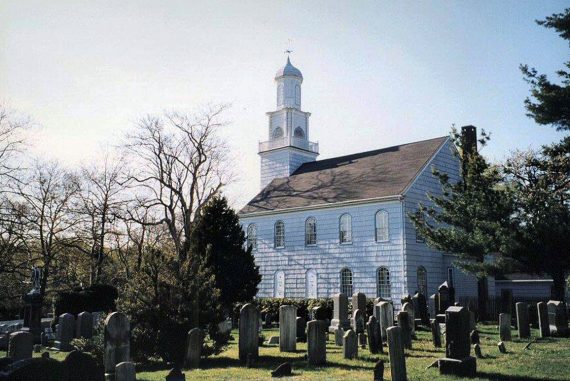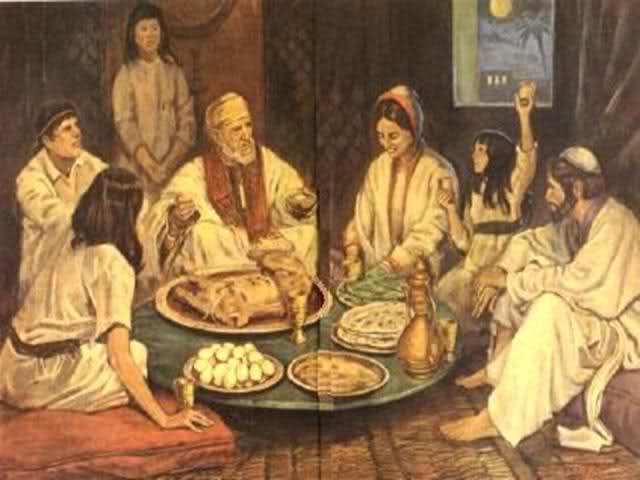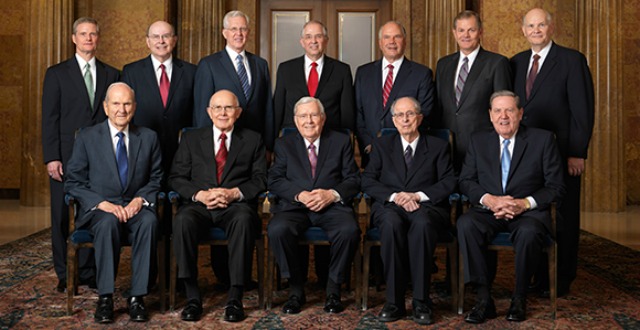Question
Dear Gramps,
Sometimes we see things every day and not pay any attention to them. I was reminded today when my brother asked my dad, “Why are there not any cemeteries on the church grounds of Mormon churches?” Down here in the southern US, it is almost a given that every other denomination has a cemetery on their grounds. So Gramps the question is “Why not us?”
Aaron
Answer
Dear Aaron,
It was a common practice in the European countries for the church properties to have graveyards associated with them. Who knows the reason? It well may have been an economic reason. It has been a practice in many countries to exhume bodies after a certain period to time, dispose of them and use the same grave site for someone else. In other places, where land has been at a premium, the dead have been buried in crypts above the ground. These crypts also would have been emptied and reused. Two cases in point—
1) In the small town of Las Flores, Argentina, typical of the Argentine towns, the local cemetery consists of above-ground crypts. In an out-of-way corner of the cemetery is the bone pile, where the skeletons of the older deceased are thrown in order to make way for new occupants. This procedure was practiced at least until the 1940s.
2) In 15th century England, because of the costliness of caskets, after a certain period of time, they would be dug up, the skeletons disposed of, and the caskets re-used. When this was done it was found that in many of the caskets there were scratch marks made by the occupants trying to get out after they were buried. People who drank a bit would sometimes fall down in a drunken stupor and would be taken for dead and buried. When all this came to light, if anyone was suspected of having passed out from drinking rather than being dead, the person would be placed on a table in the house and watched over to see whether he would wake up or not. This was the origin of the “wakes” that were held in England and Ireland after a person had supposedly died. This concern was also expressed by tying a cord to the dead person’s wrist, running the cord out of the casket and up to the surface of the ground where it was tied to a bell. Someone was dispatched to stay at the graveyard for a reasonable time to listen for the bell. His watch was called “the graveyard shift.” If the bell were to ring, the person would be immediately dug up and would have been “saved by the bell.” If someone bore a very close resemblance to someone else, he was termed to be “dead ringer” for the other person–as if he had been exhumed from the grave.
In America in the early days there was not a shortage of land, and such bizarre practices as re-using grave sites were never instituted. However, the practice of having the grave sites on Church property was continued. So the early American settlements, such as those in North Carolina, tend to have church graveyards. As the frontier expanded toward the west they were generally settled by those whose ties with the Old World were removed by two or three generations, and the particular custom of having the graveyards associated with the local churches was lost.
Gramps







